The Butterfly Returns *
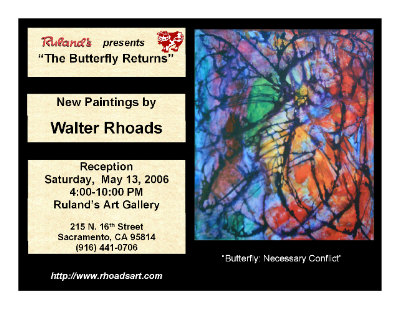
May 1-31, 2006
Ruland's Art Gallery
215 N. 16th St, Sacramento, CA 95814
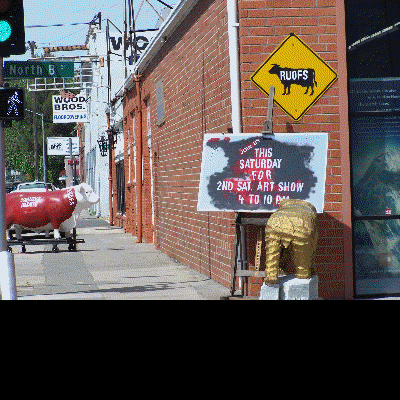
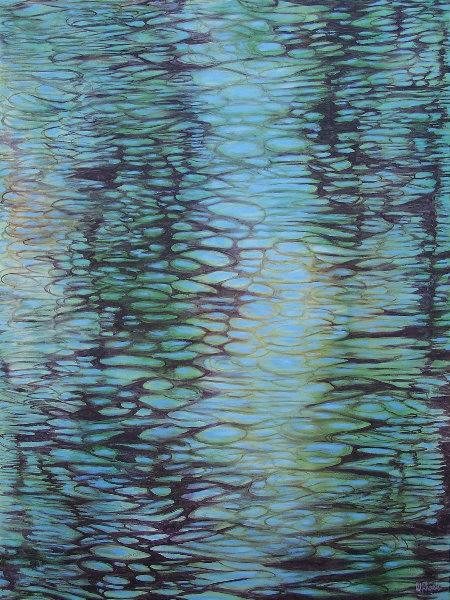
“Reflections of Memory: Water as Idea”
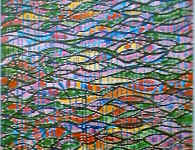
“Study for Reflections Series
(‘No Photograph’)”
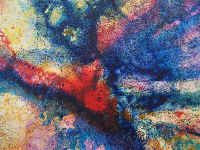
“Nexus”
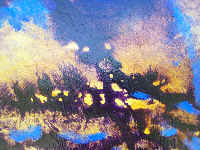
“Butterfly: Golden Kingdom”
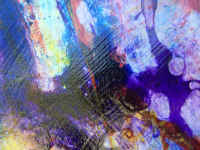
“Butterfly: Necessary Conflict”
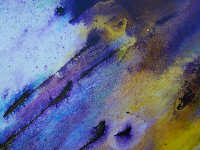
“Waterfall Butterfly”
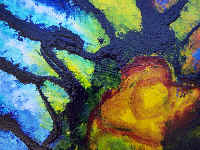
“Butterfly: Eyes of the Jungle”
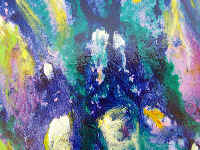
“The Unseen World”
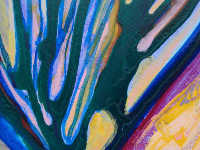
“Butterfly: Stained Glass Window”

“Butterfly Mysterioso”
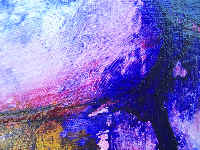
“Playa Dragon Butterfly”
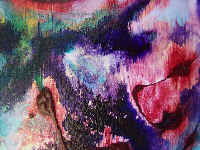
“Monster in the Flower Garden”
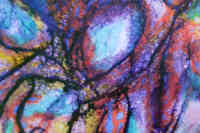
“The Butterfly Returns”
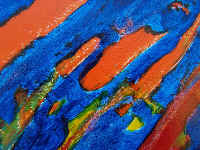
“Racing Coral Seahorses”
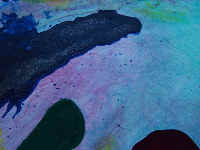
“I Let the Gesture Stand”
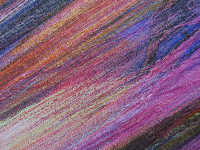
“Its Own Reason For Being”
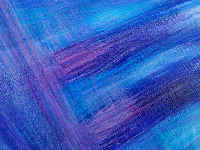
“Both Water and Life are Motion”
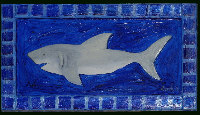
“Shark”
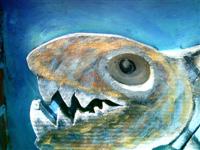
“Fish One”
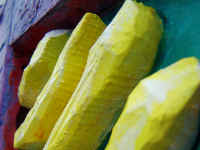
“Yellow 3-D Script”
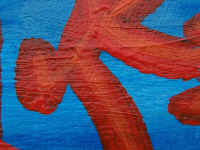
“Red Script”
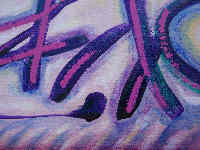
“Magenta Script”
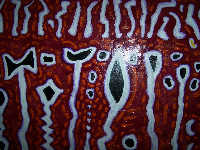
“Tribal Glyphs”
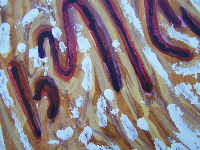
“Clever Hans Meets the Activated Surface”
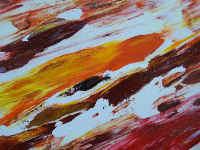
“Flight of Autumn Leaves”
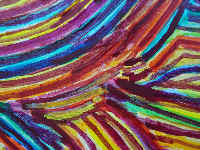
“Gesture with Texture”
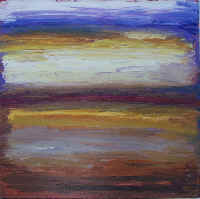
“Horizon Painting: Violet and Gold”
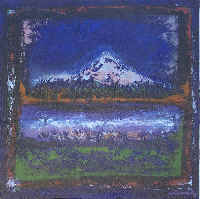
“Mountain”
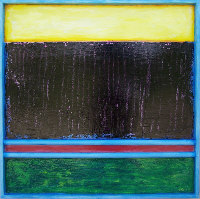
“Horizon Box Ten”
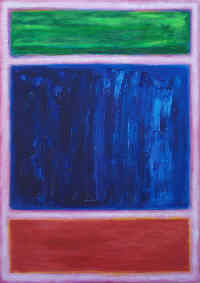
“Half of Every Day is Night”
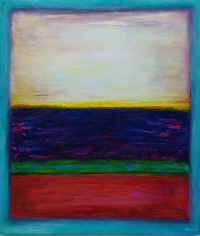
“Horizon Painting: Green Stripe”
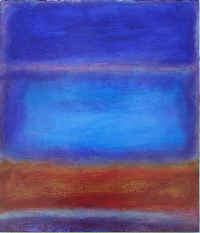
“Horizon Painting: Light Blue”
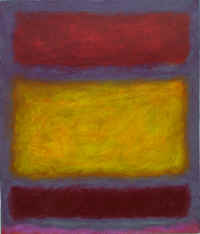
“Horizon Painting: Magenta on the Bottom”
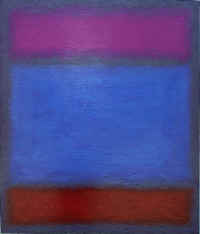
“Horizon Painting: Magenta, Blue and Red”
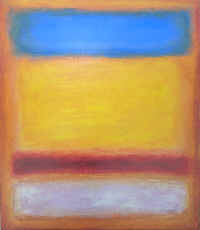
“Horizon Painting: Orange and Blue”
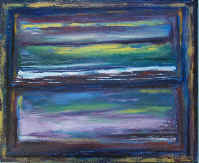
“Horizon Painting 1/1/05”
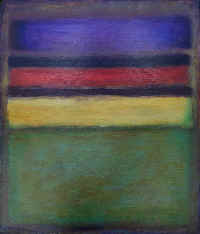
“Horizon Painting: Hot Green”
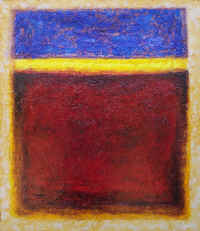
“Horizon Painting: Deep Red”
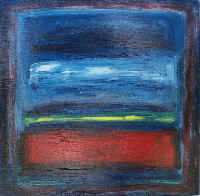
“Horizon Painting: Red Out Of Black”
*If you've perused this site, you know that I had shows in the Eighties called “A Million Stars...and One Butterfly,” and “Fluid Mechanics, or the Butterfly's Metamorphosis.” Then a few years later I got discouraged and stopped showing. Now I'm back, and so is the butterfly. I'm not the butterfly; the art is. Or maybe I am. Metamorphosis seems not to have been complete back then. I'm tired of being a caterpillar.
Since I haven't had a gallery show in about twenty years, this show is effectively my comeback. It's basically everything I've produced since starting to paint again in late 2004. Stylistically, it covers a broad range and varied directions,in many cases picking up where I left off in the '80's.
Because this is a new beginning for me, I'm going to start with sort of a mission statement, a personal manifesto.
As a product of my time and place, I can't escape being a 20th-Century American. As an artist with some knowledge of art history, I realize I come into the picture as the inheritor of the Modern tradition: high art since 1800. And that tradition in turn derives from its own ancestral heritage of the Middle Ages and Renaissance. But Modernism seems to have ended as a historical movement, so the experts tell me; it has been superseded by PostModernism, and I am the inheritor of THAT. Whatever that is; nobody's really sure yet. To the extent that there is any unifying program, it would seem to be “Deconstructionism,” which I will frankly admit I don't know much about. But I think I do know the most essential characteristic of PostModernism, and that is that everything is now fair game. Every period and style, every dot, line and squiggle going back to the caves is now part of the ongoing art dialog. It's ALL available, to be absorbed, recycled, reconfigured. Nothing is new; it's all been done before—but EVERYTHING is new, if it has yet to be done by YOU.
Okay. I can live with that.
Now for a look at some of my recurring themes and artistic areas of concern. Each one is an open-ended series with its own pictorial format and/or motif. As introduced above, by necessity, these pictorial formats or devices cannot be completely original, since—after over a century of formalistic experimentation—everything has been done.
Let's take my “Butterfly” series. It is most assuredly not new, yet highly worthwhile nonetheless. Kandinsky did biomorphic abstracts before 1920; Gorky, Matta and Ernst did the same in the 40's but with the stated purpose of tapping into subconsciously-generated, dreamlike imagery. Put them together and you have my “Butterfly” paintings.
And then there are my “Horizon” paintings, which is what I call my Color Field paintings with horizontal divisions. Are they indebted to the late modern master Mark Rothko? Yes. Does that make them illegitimate? No. His concerns and mine are not entirely the same. For one thing, he resented any attempt to equate his paintings with landscape, whereas I welcome it. True, his paintings (to the best of my understanding, based on my reading of his writings on the subject) seem to have been about color relationships employed in a quest (always valiant, however futile) for meaning in a metaphysical sense; the essential truth of humankind's existence in the universe.
And mine are about that too, and also about the painting “as an arena in which to act,” but they're also about landscape. And about space (flat versus illusionistic), and about painting-as-real, 3-D object, and about attacking the confines of the rectilinear shape of that object, while at the same time reinforcing it with decorative borders. They're about lotsa stuff. Actually, upon reflection, I think I can tell you exactly where the Horizon paintings come from. They're a hybrid of Rothko and local legend Gregory Kondos, whose art history course I took at Sacramento City College in 1973. Teacher to a generation of Sacramento art students, as a painter he's sort of a Cezanne-influenced contemporary Post-Impressionist(and pal of Wayne Thiebaud).
He's made a career of painting the flat, expansive Valley landscape, with the Sacramento River running through the middle of it. His paintings are somewhat stylized, yet emphatically an example of modern Realism. Their defining characteristic is the division of the picture into huge foreground (land), and huge background (sky), with everything else (river, trees, buildings) squeezed into a narrow band (the horizon) by what he always called “horizontal pull.” “Horizontal pull” is his modest innovation, his gimmick. But don't misunderstand me and think I'm denigrating him. The man is good. As a landscapist—which I am not—he's hard to beat.
Then there are the calligraphic paintings of mine like “Magenta Script.” Writing as a pictorial motif is a basic form. As such, it has numerous practitioners in the history of art—Mark Tobey, Bradley Walker Tomlin, Cy Twombly, Jasper Johns...Where does it end? Answer: it doesn't; the same pool of intentional marks on the blank tablet of being that produced THEM produced ME.
Then there are the three-D works; painted sculptures. Wall reliefs. Hans Arp did them first. I do them now. Another Hans, Hofmann, explored overlapping impasto rectangles of color. He was the master of “Push-Pull.” I threw in an homage to Herr Hofmann in this show, and even acknowledged him in the title. But I added some extra squiggles because, you know, you gotta be original.
Thanks, Hans. When the full history of deceased German intellectuals is written, you will be in it. Especially in the volume dealing with the letter “H.”
There are other recurring themes, like “not-quite Photo-but sort of Magical Realism.” (See “Reflection of Memory: Water as Idea.”) But frankly, I'm getting tired, and the proof of the painting is in the looking. Time to look at the show.
This show is hopefully the first of many more to come. I promise to be as derivative as possible, but in an engagingly original way. There are lots of ways to make an image. If the eye candy tastes good to you, eat it. If not, don't.
Artists create; artists share; artists STEAL. And they're supposed to. And they'll keep on doing it, forever and forever and forever, worlds without end, amen.
And the foregoing excursion didn't even cover it all. Hope you enjoy the show.
—Walter Rhoads, Sacramento, California, April 9, 2006.